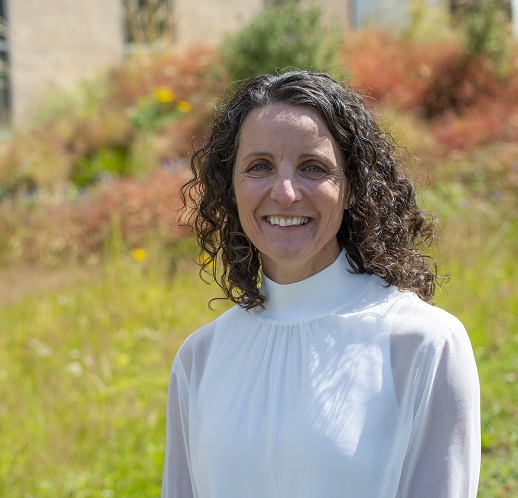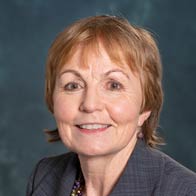Chasing carbon
BGS geoscientists discuss our latest research which is helping to provide geoscience solutions in the transition to net zero.
01/09/2021 By BGS Press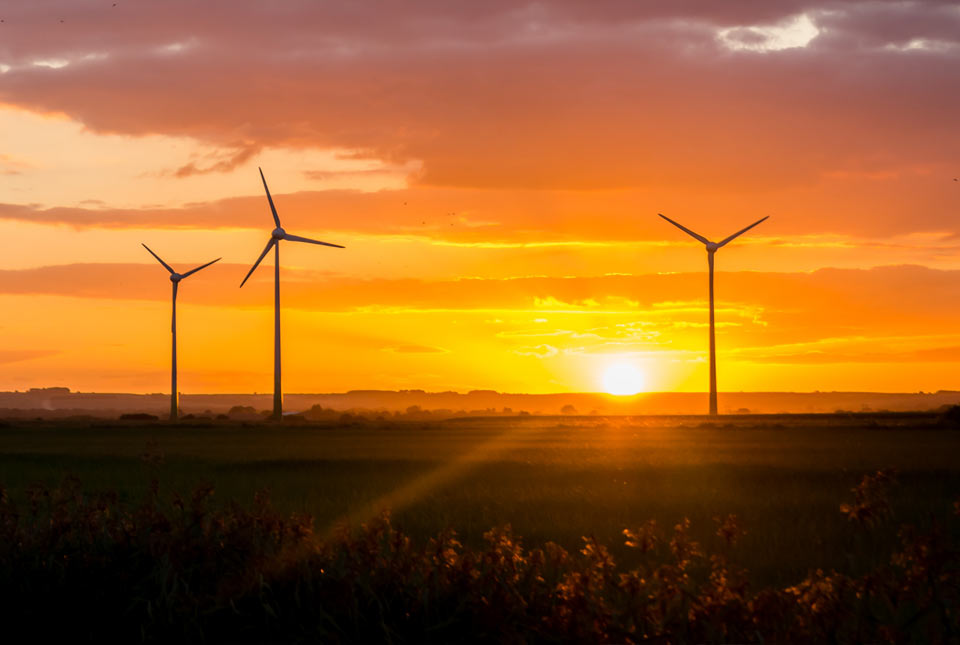
Chasing carbon: an onshore and offshore challenge
Join BGS scientists and discover how our research is providing geoscience solutions in the transition to net zero.


Watch a recording of our Chasing Carbon lecture.
The annual United Nations Climate Change Conference (COP26) will be hosted in Glasgow in November 2021. The aim is clear: to reach net zero by 2050, ensuring that the amount of carbon we add to the atmosphere is no more than the amount we remove.
Securing global net zero by mid-century is the primary goal of COP26. Through its presidency of the conference in November, the UK is urging countries and companies around the world to share its aim of delivering sustainable growth and a net zero carbon emission economy by 2050. At the heart of the technical challenge, set out in the UK Government’s Energy White Paper, is how to decarbonise power, industry, transport, and the heating and cooling of buildings.
At BGS, we believe the subsurface has a vital role to play in meeting this challenge.
- Why are heat networks crucial in the adoption of geothermal energy?
- How can underground observatories support cost reduction and de-risking?
- What role can hydrogen play in the energy transition?
- Why is understanding our glacial past so important for wind energy in the future?
Relative topics
Related events
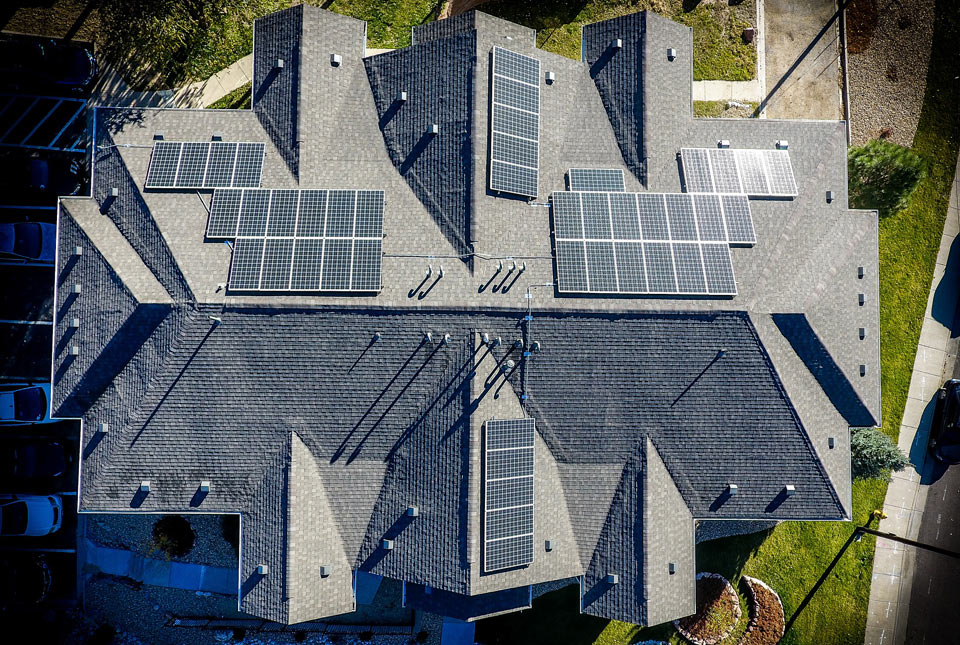
Couch to net zero
01/09/2021
Hear from leading BGS scientists in a special talk exploring the role of geology in our everyday lives and how it is helping to meet our needs in a changing climate.
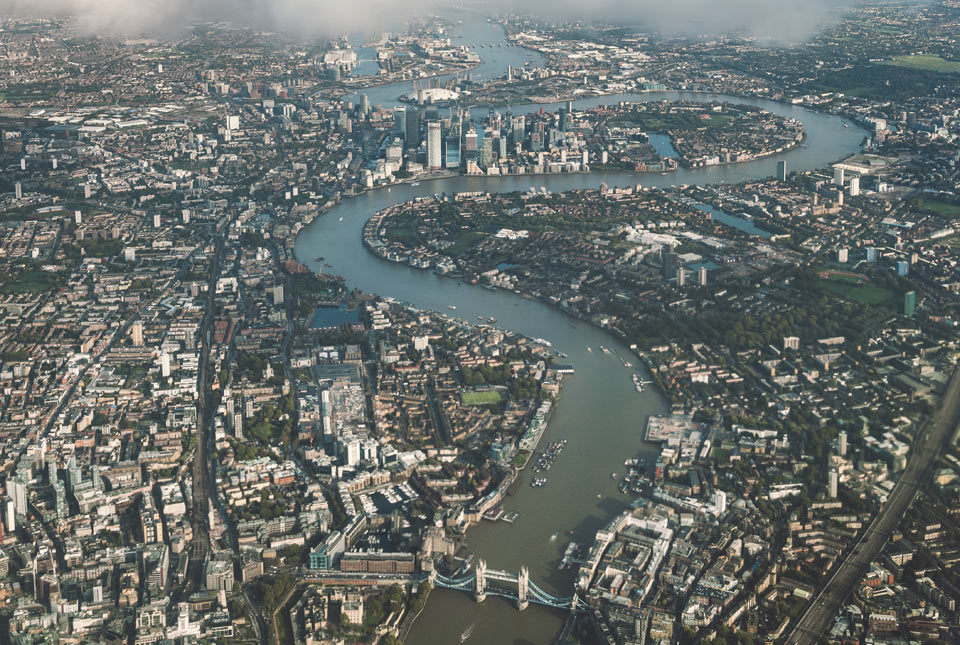
Climate change impacts on the UK
01/09/2021
Watch a special lecture by BGS geoscientists where they discuss our modelling projections and showcase our adaptation and mitigation research in the UK



